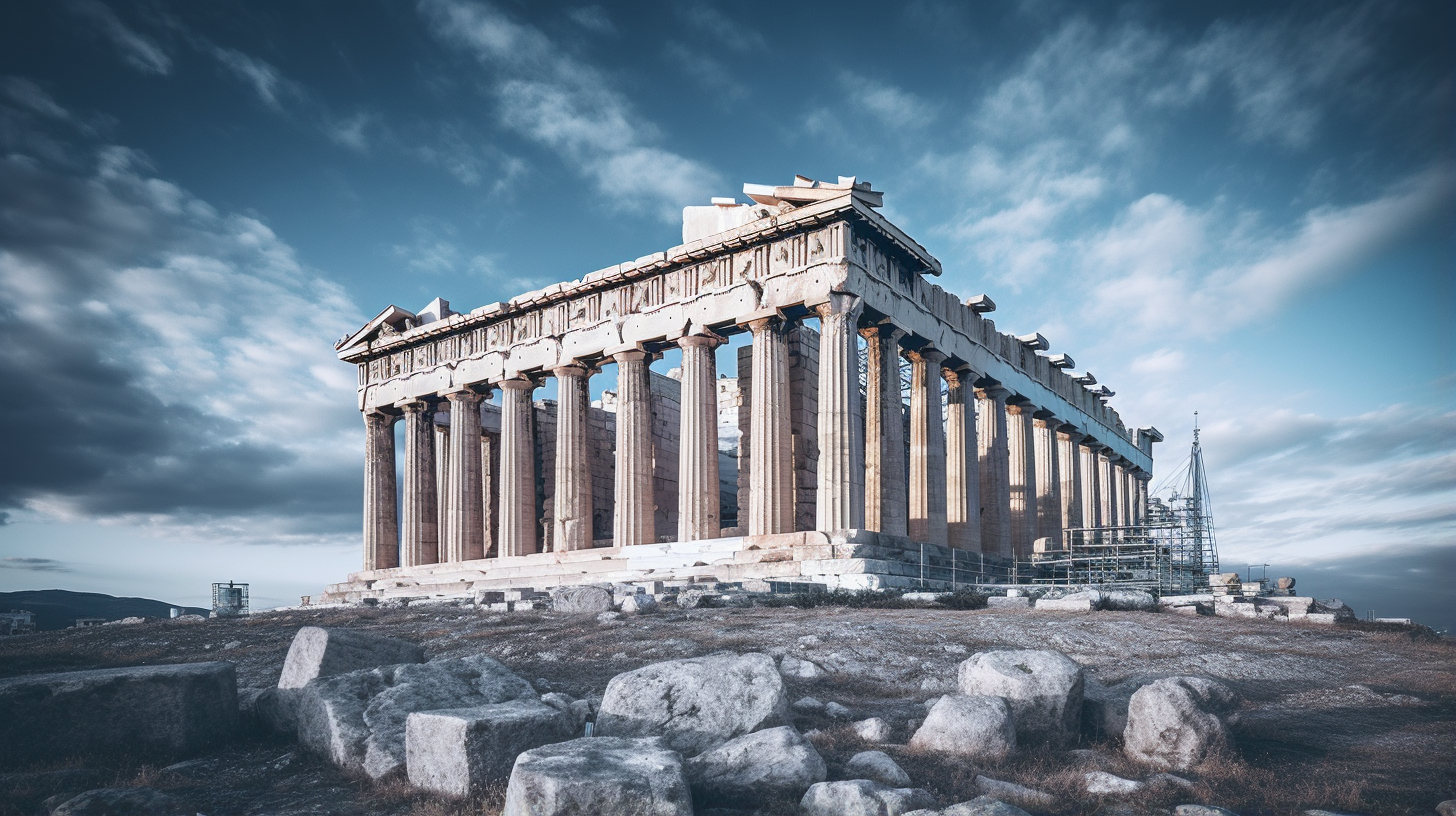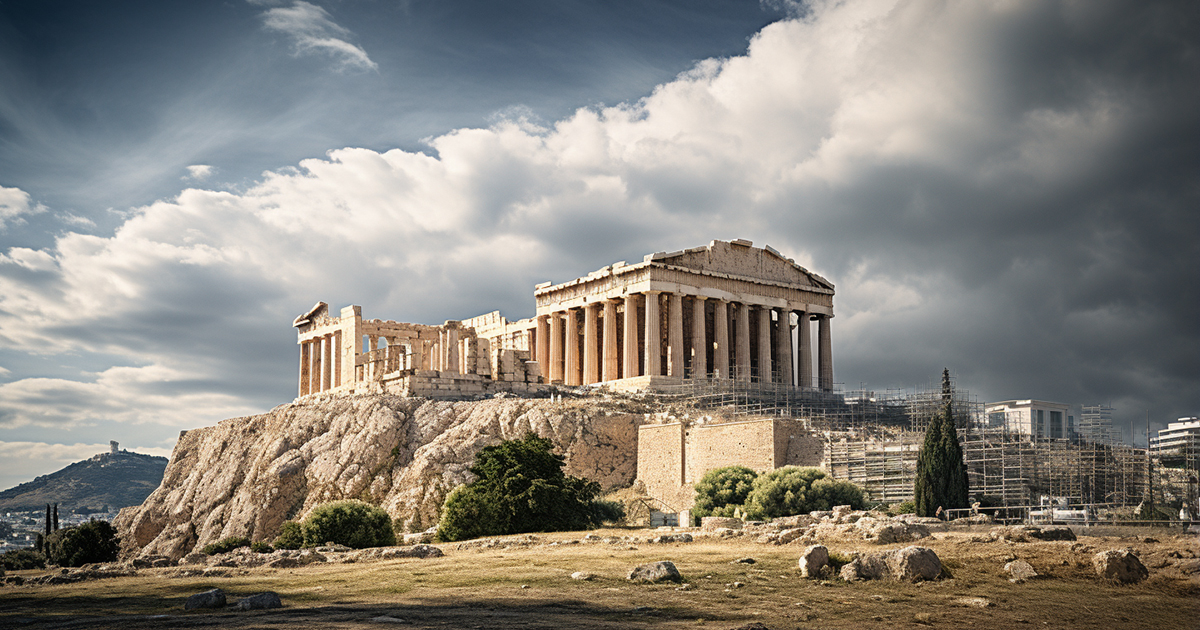Standing tall above Athens’ lively streets is the Parthenon, a timeless marvel that has fascinated the world for ages with its radiant marble and grandeur on the Acropolis, showcasing the Greeks’ architectural and aesthetic expertise.
Despite its appearance of flawless symmetry, a deeper inspection unveils the divine perfection within.
Constructed in the 5th century B.C. by the famed Pericles to commemorate the Athenians’ triumph over Persians after a prolonged siege, the Parthenon reflects a period of cultural flourishing in Athens, producing works of art, literature, and architecture that continue to inspire us.
The temple, with its gleaming marble, represented the epitome of Greek temple design, filling onlookers with wonder.
While the Parthenon’s exterior seems perfect, it conceals a captivating secret—the intentional imperfections crafted by the ancient Greeks, skilled not only in geometry but also in optical illusions.

They grasped the art of visual deception, utilizing it to create a seemingly flawless structure.
Although the columns appear straight from afar, they are subtly inclined towards each other when observed closely, designed to meet if extended onwards—an intriguing illusion constructed by the builders.
Moreover, the columns are not perfect cylinders; they gently bulge at the center, a deliberate deviation from perfection to counteract optical illusions our brains perceive.
The Greeks’ meticulous incorporation of optical illusions into the Parthenon aimed to bridge the mortal with the divine, as the divine in ancient Greece was equated with flawlessness, and the temple sought to embody this ideal.
Every imperfection and illusion was a conscious choice to infuse the temple with divine essence, acting as a link between the earthly and divine realms.
Video:
When we gaze upon the Parthenon today, we not only admire a masterpiece of architecture but also witness humanity’s aspiration to transcend towards the divine.
The intentional imperfections of the temple remind us that in our pursuit of perfection, we often discover a deeper connection to something beyond ourselves—a perpetual quest to bridge the earthly and divine, akin to the ancient Greeks through the remarkable creation of the Parthenon.
